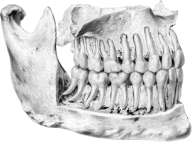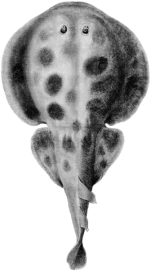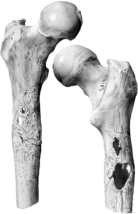
John Hunter – A Curious Mind
John Hunter - the 18th century surgeon and anatomist who gives the museum its name - is introduced in this room.
Born in Scotland in 1728, he received little formal education as a child; Hunter’s learning and inspiration came instead from observing and questioning the natural world around him.
Born in Scotland in 1728, he received little formal education as a child; Hunter’s learning and inspiration came instead from observing and questioning the natural world around him.
When I was a boy, I wanted to know all about the clouds and the grasses, and why the leaves changed colour in the autumn; I watched the ants, bees, birds, tadpoles, and caddisworms; I pestered people with questions about what nobody knew or cared anything about.



